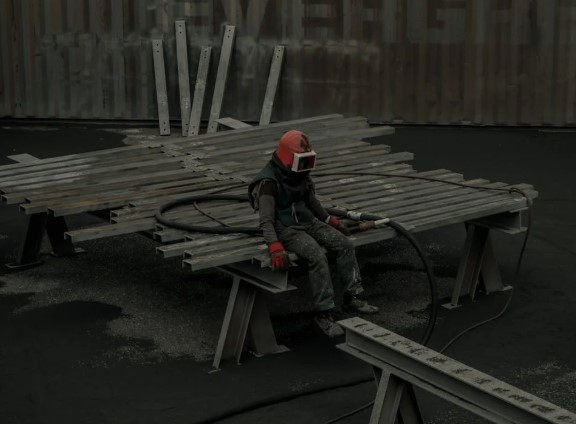Involve engineers in climate policy

When climate conferences convene and the world’s attention turn to policy negotiations, financing pledges, and international agreements, one group remains largely in the background the engineers.
These professionals who design, build, and maintain the physical systems that keep societies functioning are rarely given a seat at the table during climate talks, yet, while the world debates what must be done, they quietly work on how to make it happen.
Take Kenya’s ongoing struggle with climate extremes as an example. The country experiences alternating cycles of devastating droughts and floods, each leaving destruction and displacing communities. While meteorologists raise red flags and humanitarian agencies respond to the aftermath, engineers have been building the systems that can reduce vulnerability in the first place.
In Kajiado County, for example, engineers have collaborated with local communities to construct sand dams’ simple, cost-effective structures that capture and store rainwater during the wet season for use in dry periods.
This innovation has transformed once-barren landscapes into productive farmland, improved access to clean water, and enhanced food security for thousands of residents.
However, despite their hands-on contributions to climate adaptation and mitigation, engineers are often left out of high-level conversations on climate policy. Their voice and presence are barely recognized at climate summits, national adaptation planning meetings, or international climate platforms. This marginalization is not only unjust it’s counterproductive.
People often think of engineers as builders of bridges and roads yet their role goes far beyond construction. Engineers are critical problem-solvers who translate climate science and policy goals into practical, scalable technologies. They are the cornerstone between ambition and implementation, converting climate targets into action.
Whether its crafting early warning systems to protect vulnerable communities from climate-induced disasters, developing off-grid renewable energy solutions that bring clean power to remote areas, designing climate-resilient infrastructure in flood-prone cities, or optimizing water management systems to ensure year-round access in arid regions, engineers play a critical role.
Their expertise ensures that interventions are not only technically sound but also locally appropriate and sustainable over the long term.
Climate change is not only an environmental or political issue it is fundamentally a technical challenge. It requires rethinking how we build our cities, manage our water, power our homes, and transport our goods.
It also means that we need to listen to the people who design and build the systems we rely on because this transformation cannot happen without their involvement. Engineer’s expertise is essential to transitioning from fossil fuels to renewables, redesigning infrastructure for climate resilience, and scaling nature-based solutions.
As such, engineers should not be treated merely as implementers who step in after decisions are made. They must be recognized as key stakeholders who offer valuable insights during the planning and policy phases. Including engineers in climate dialogues would bridge the gap between lofty goals and feasible actions, helping to ensure that climate strategies are both ambitious and grounded in reality.
If we continue to exclude engineers from key climate conversations, we risk delaying real progress. Their expertise is vital not just in developing technical solutions, but in shaping realistic, impactful strategies for a livable planet.
The writer is a Science Reporter with People Daily and PD Wikendi















